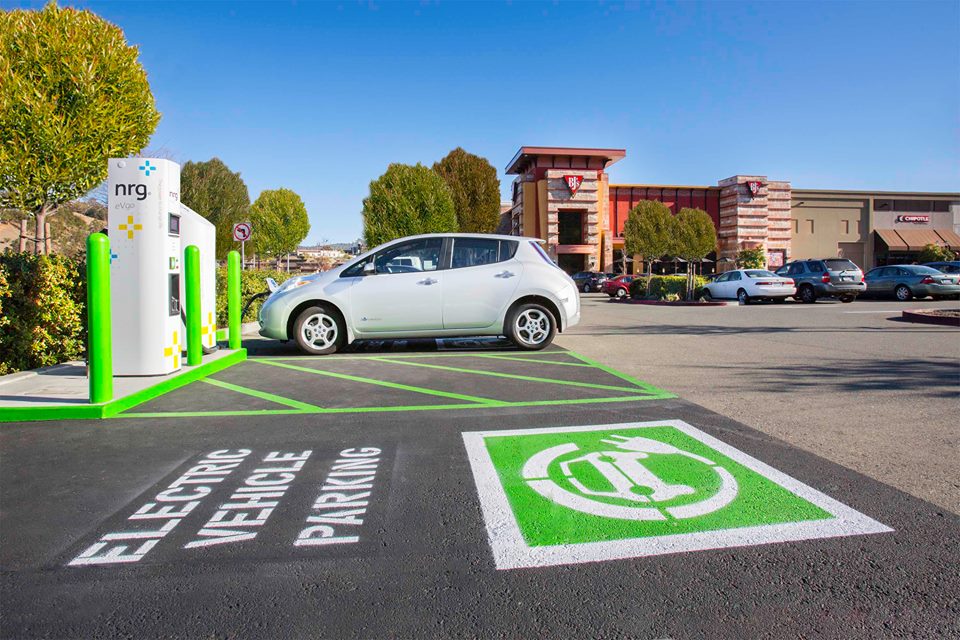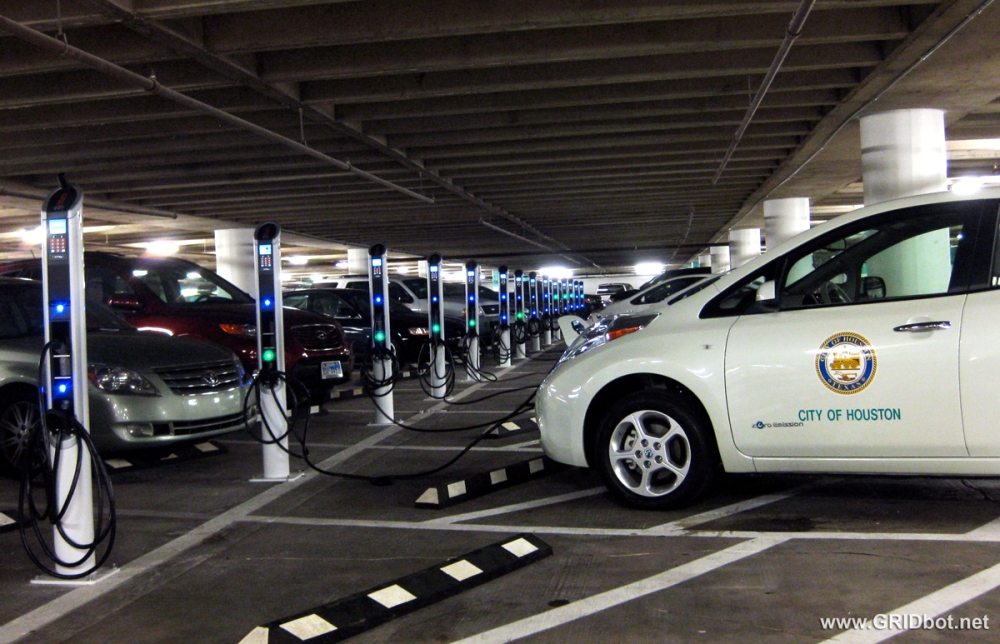California already aggressively promotes electric cars, and has among the most developed networks of charging stations of any state.
That network will continue to grow, thanks to help from some new players.
In Southern California, electric utilities are about to undertake projects that will significantly expand charging infrastructure in the region.
DON'T MISS: Oregon Debates EV Charging Stations: Cost Or Benefit For Utility Customers?
Infrastructure projects led by Southern California Edison (SCE) and San Diego Gas & Electric (SDG&E) were recently approved by the California Public Utilities Commission.
The commencement of these projects marks a major transition for electric-car charging in California, as it marks the beginning of significant involvement from utilities, according to a recent Navigant Research blog post.
Utilities in other states are already allowed to own and operate electric-car charging stations, but that wasn't the case in California until a Public Utilities Commission ruling in December 2014.

NRG eVgo electric-car charging station
Previous projects focused on public charging installations, including both 240-volt AC Level 2 and DC fast-charging stations.
But the long-term business model for public charging stations is still unclear.
ALSO SEE: CA Electric Utility Applies To Build 25,000 Electric-Car Charging Stations (Feb 2015)
Utilization rates for public Level 2 stations have been "mixed" according to Navigant, and analysts have questioned whether drivers will pay fees that truly reflect the costs of installing stations, and still allow operators to accrue profits.
Level 2 stations also provide relatively small charges in the times most drivers are willing to stay parked, meaning they're more likely to be used to supplement home or at-work charging.
DC fast-charging stations can charge cars more quickly, but they're also more expensive, and use more electricity.

Houston's Tranquility Park Garage with GRIDbot charging stations
SDG&E has already said it will target multifamily communities, noting that 50 percent of the housing in its area of operations consists of multi-unit dwellings.
MORE: Public Electric-Car Charging: Business Models, Profits Still In Debate (Mar 2015)
Along with expanded workplace charging, this could make electric cars attractive to more drivers, as it could provide adequate charging at places where cars normally spend hours parked anyway.
There are currently around 9,000 charging stations at workplaces in the U.S., Navigant estimates.
_______________________________________________












